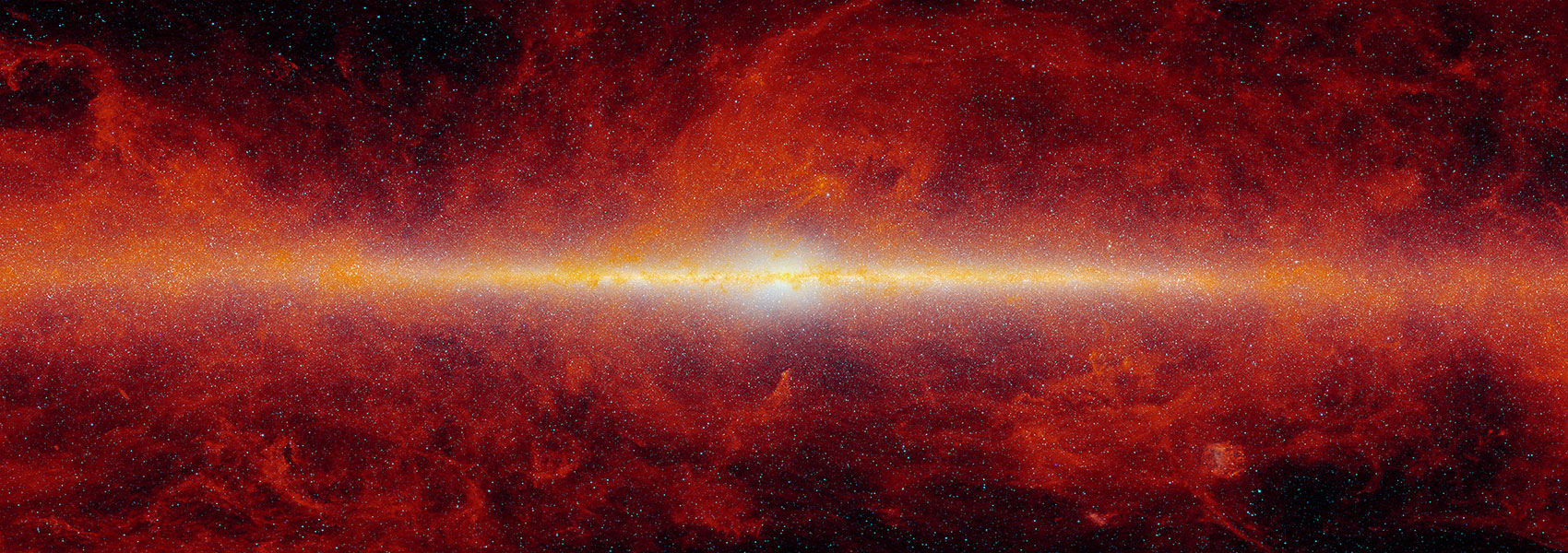
TESS Spots a Super-puff: The Remarkably Low Density of TOI-1420b
November 2023 • 2023AJ....166..181Y
Abstract • We present the discovery of TOI-1420b, an exceptionally low-density (ρ = 0.08 ± 0.02 g cm-3) transiting planet in a P = 6.96 days orbit around a late G-dwarf star. Using transit observations from TESS, LCOGT, Observatoire Privé du Mont, Whitin, Wendelstein, OAUV, Ca l'Ou, and KeplerCam, along with radial velocity observations from HARPS-N and NEID, we find that the planet has a radius of R p = 11.9 ± 0.3R ⊕ and a mass of M p = 25.1 ± 3.8M ⊕. TOI-1420b is the largest known planet with a mass less than 50M ⊕, indicating that it contains a sizeable envelope of hydrogen and helium. We determine TOI-1420b's envelope mass fraction to be ${f}_{\mathrm{env}}={82}_{-6}^{+7} \% $ , suggesting that runaway gas accretion occurred when its core was at most four to five times the mass of the Earth. TOI-1420b is similar to the planet WASP-107b in mass, radius, density, and orbital period, so a comparison of these two systems may help reveal the origins of close-in low-density planets. With an atmospheric scale height of 1950 km, a transmission spectroscopy metric of 580, and a predicted Rossiter-McLaughlin amplitude of about 17 m s-1, TOI-1420b is an excellent target for future atmospheric and dynamical characterization.
Links
- PREPRINT http://arxiv.org/abs/2309.09945
- ELECTR https://doi.org/10.3847/1538-3881/acf858
- SIMBAD https://simbad.u-strasbg.fr/simbad/sim-ref?querymethod=bib&simbo=on&submit=submit+bibcode&bibcode=2023AJ....166..181Y
- PDF https://iopscience.iop.org/article/10.3847/1538-3881/acf858/pdf
- DATA https://cdsarc.cds.unistra.fr/viz-bin/cat/J/AJ/166/181
- DATA https://irsa.ipac.caltech.edu/bibdata/2023/Y/2023AJ....166..181Y.html



